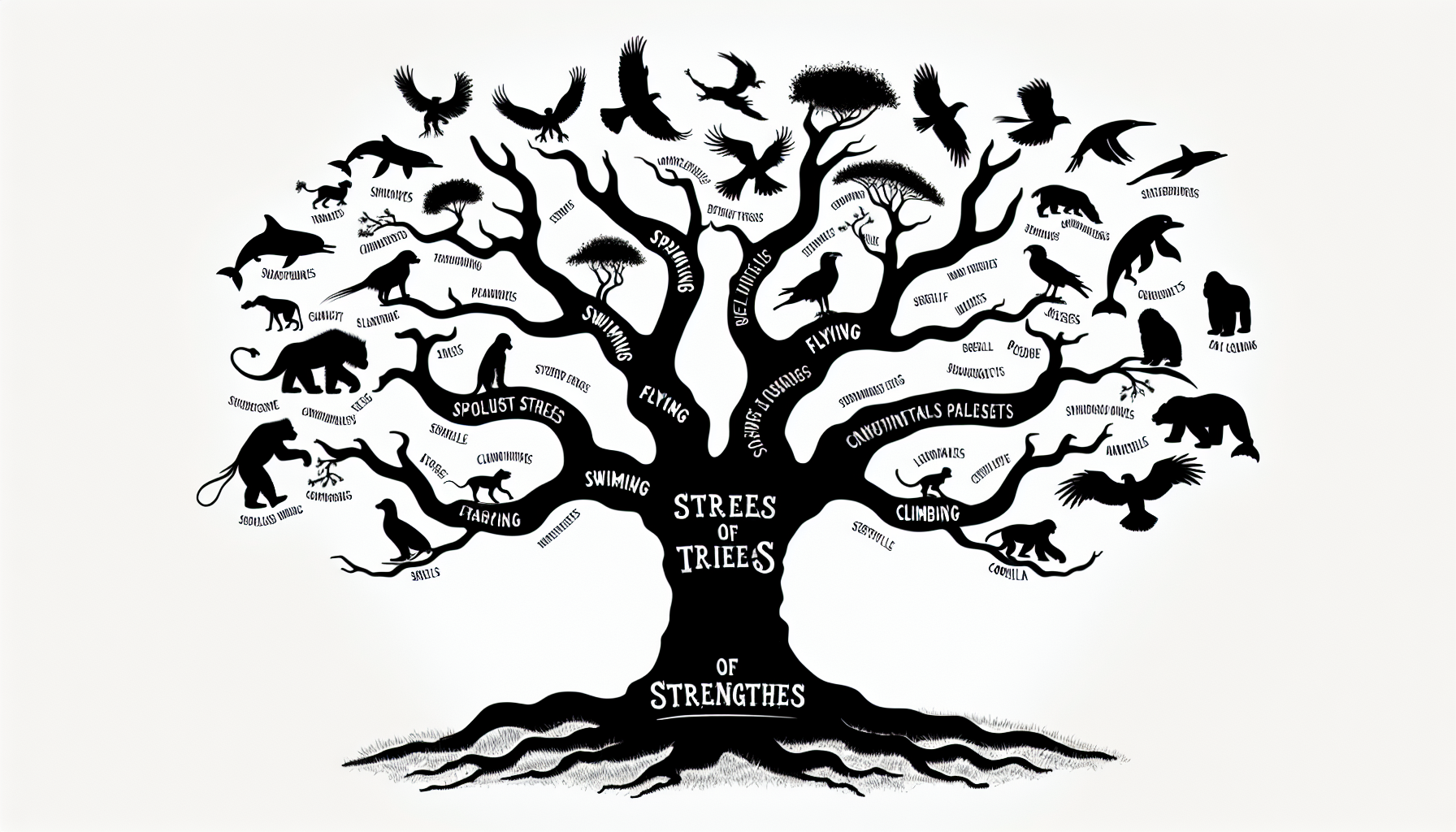The Evolution of the USPS: From Horse-Drawn Carriages to Drones

The roots of the USPS can be traced back to Benjamin Franklin, who was appointed the first Postmaster General in 1775. In these early years, mail was delivered primarily on horseback, with carriers traveling long distances to ensure communication across colonies. The establishment of post roads and the introduction of postal rates helped to formalize the service, enabling more reliable delivery. By the 19th century, the expansion of railroads significantly enhanced the speed and efficiency of mail transport. The introduction of the first postal railway service in 1864 allowed for mail to be transported across vast distances in a fraction of the time previously required. This innovation not only expedited delivery but also connected even the most remote areas of the country, laying the groundwork for a more interconnected nation.
The Advent of Innovation: The 20th Century Changes
As the United States entered the 20th century, the USPS began to adopt a series of innovations that would reshape its operations. The introduction of the airmail service in 1918 marked a pivotal moment in postal history. This new mode of transport cut delivery times dramatically, enabling letters and packages to be sent across the country in mere hours rather than days. The establishment of the first airmail routes, such as the New York to Washington D.C. route, illustrated the USPS's commitment to embracing technological advancements and improving service quality. During World War II, the USPS became instrumental in maintaining communication between soldiers and their families. Innovations such as the development of the "V-Mail" system, which allowed letters to be condensed onto microfilm, ensured that correspondence could be sent efficiently overseas. This adaptation not only ensured the morale of troops but also highlighted the USPS's agility and resourcefulness in times of crisis.
Modernization and Technology: The Rise of Automation
In recent decades, the USPS has increasingly turned to technology to enhance its operations. The introduction of automated sorting machines in the 1980s revolutionized the processing of mail, allowing for faster sorting and reduced human error. This investment in technology has continued to grow, with the USPS implementing advanced tracking systems and digital tools that provide customers with real-time updates on their packages. Moreover, the USPS has embraced the digital age by offering services such as informed delivery, which allows customers to view images of their incoming mail and packages. This integration of technology not only improves customer experience but also positions the USPS as a forward-thinking entity in an increasingly digital world. As e-commerce exploded in the 2000s, the USPS adapted its services to meet the rising demand for package delivery, becoming a key player in the online shopping ecosystem.
The Future: Drones and Beyond
Looking ahead, the USPS is exploring innovative solutions to further enhance its delivery capabilities. One of the most exciting developments is the potential use of drones for mail delivery. As companies like Amazon have begun experimenting with drone logistics, the USPS is also considering how this technology could be utilized to reach remote areas more efficiently and reduce delivery times. In addition to increasing efficiency, the use of drones aligns with the USPS's commitment to sustainability. By reducing the reliance on traditional delivery vehicles, drones could help decrease the carbon footprint of mail delivery, aligning with broader environmental goals. The USPS is actively researching regulatory frameworks and technological solutions to integrate drones into its operations, signaling a progressive shift in the age-old practice of mail delivery.
The evolution of the USPS from horse-drawn carriages to drones is a testament to its resilience and adaptability. Throughout its history, the USPS has not only responded to the changing needs of society but has also anticipated future trends, ensuring its continued relevance in a fast-changing world. As it embraces new technologies and innovations, the USPS remains committed to its mission of connecting people and fostering communication, all while navigating the challenges and opportunities of the modern landscape. The journey of the USPS is far from over, and as it continues to evolve, it will undoubtedly play a crucial role in shaping the future of mail delivery in America. The USPS stands as a symbol of progress, demonstrating that even the most traditional institutions can adapt and thrive in an ever-changing world.
Postal Operations Manager
USPS, FedEx, UPS
Core Responsibilities
Oversee daily operations of mail processing facilities
Manage staff and ensure compliance with safety and quality standards
Coordinate logistics for efficient mail delivery
Required Skills
Strong leadership and organizational skills
Experience with logistics and supply chain management
Proficiency in data analysis and reporting
Unique Qualifications
Previous experience in postal services or logistics management
A degree in business administration or related fields
Automated Sorting Systems Engineer
USPS, Siemens, Honeywell
Core Responsibilities
Design and maintain automated sorting systems for mail processing
Analyze performance data to optimize efficiency
Troubleshoot and resolve mechanical issues on sorting equipment
Required Skills
Expertise in mechanical and electrical engineering
Familiarity with automation technologies
Strong problem-solving abilities
Unique Qualifications
Experience with PLC programming and industrial automation
A degree in engineering or a related technical field
Aerial Delivery Drone Pilot
USPS, Amazon, Alphabet's Wing
Core Responsibilities
Operate and monitor drones for mail delivery
Ensure compliance with FAA regulations
Conduct pre-flight and post-flight inspections to maintain safety standards
Required Skills
Strong knowledge of drone technology and navigation systems
Ability to analyze flight data
Excellent communication skills for coordination with ground operations
Unique Qualifications
FAA Remote Pilot Certificate
Experience in aerial photography or drone operation
Customer Experience Specialist for Postal Services
USPS, FedEx, DHL
Core Responsibilities
Address customer inquiries and complaints related to mail services
Develop strategies to enhance the customer experience
Gather and analyze feedback to inform operational improvements
Required Skills
Excellent communication and interpersonal skills
Experience in customer service
Proficiency with CRM software
Unique Qualifications
Background in customer relations or service-oriented roles
Knowledge of postal services and delivery systems
E-commerce Logistics Coordinator
USPS, Amazon, eBay
Core Responsibilities
Manage the logistics of e-commerce shipments
Collaborate with retailers and delivery services to ensure timely order fulfillment
Track shipment progress and resolve delivery issues
Required Skills
Strong organizational and multitasking abilities
Experience with inventory management systems
Analytical skills for optimizing logistics processes
Unique Qualifications
Experience in e-commerce or retail logistics
A degree in logistics, supply chain management, or business administration


